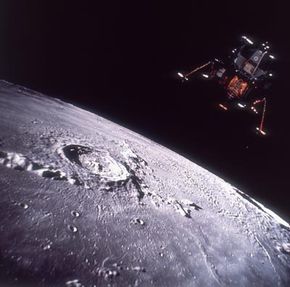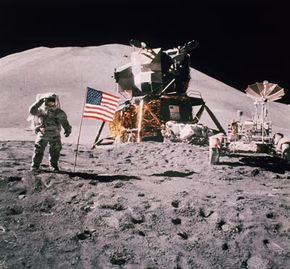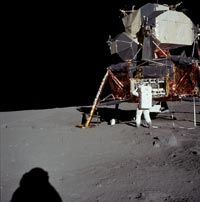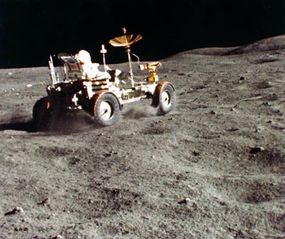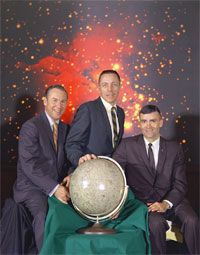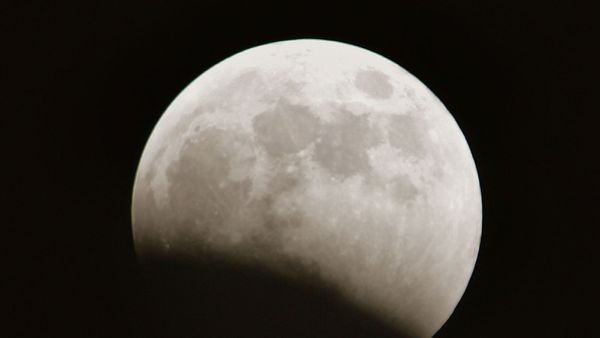Ever since NASA broadcast its visits to the moon between 1969 and 1972 to millions of people around Earth, conspiracy theorists have debated endlessly over photographs and video of the journey. Judging by the dedication some have to the cause, the subject of whether or not the moon landings were a hoax rivals only the assassination of President John F. Kennedy and the presence of Area 51 in popularity. The Fox Network even aired a television special in 2001, nearly 30 years after the last Apollo mission, titled "Conspiracy Theory: Did We Land on the Moon?"
Poring over every single detail for inconsistencies and potential government tampering, people who buy the moon landing conspiracy theory strive to prove NASA never went to the moon -- instead, they believe the organization filmed a series of fake moon landings in a studio, complete with props, astronaut costumes and intricate lighting setups.
Advertisement
But why would NASA and the U.S. government pull off such a strange stunt? The moon landings took place during the Cold War and a tense point in the nuclear arms race, an era in which the two world superpowers, the United States and the Soviet Union (or what is now Russia), competed for technological superiority. Some believe that because sending astronauts into outer space and onto the moon would be incredibly expensive, the U.S. didn't have enough money to complete the project. According to the conspiracy theorists, faking the moon landings would be much cheaper -- if it were convincing enough, it could still send a message to Russia that the United States had the better technology.
What are some of the claims by the moon landing conspiracy theorists? What have they pointed out, and do their arguments have any validity? And what do scientists have to say about these conspiracy theories? To get answers to these questions and more, put on your tin foil hats and read the next page.
Advertisement
